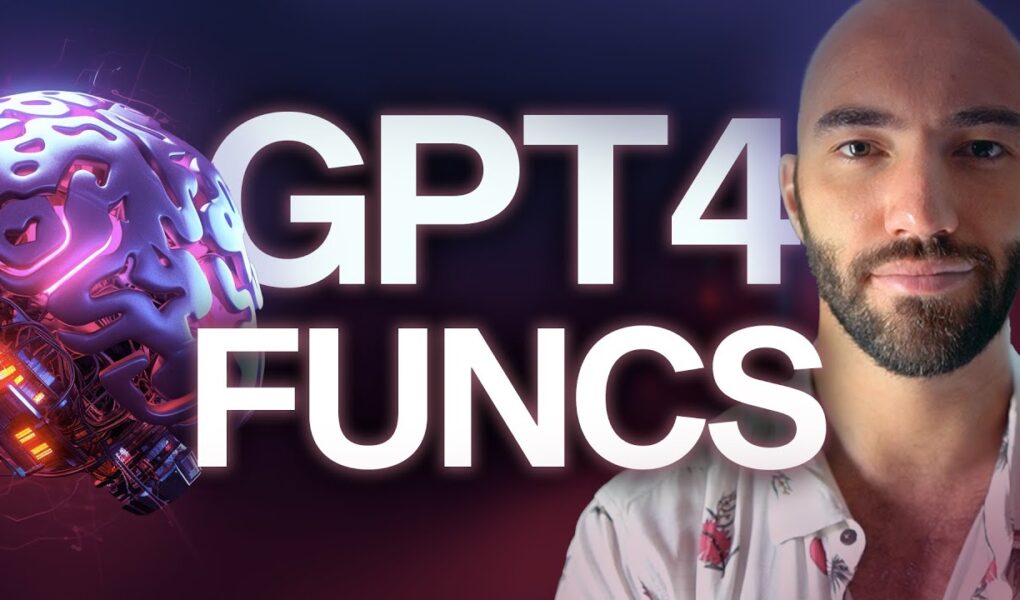James Briggs
OpenAI have introduced “Functions” for GPT-4 and GPT-3.5-turbo. The new feature allows these chatbot LLMs to read a list of Python (or any other programming language) functions and use them as tools. This function calling feature is available only in the latest releases of GPT-4 and GPT-3.5-Turbo (0613).
📌 Notebook Link:
https://github.com/aurelio-labs/cookbook/blob/main/gen-ai/openai/gpt4/gpt-4-functions.ipynb
🌲 Subscribe for Latest Articles and Videos:
https://www.pinecone.io/newsletter-signup/
👋🏼 NLP + LLM Consulting:
https://aurelio.ai
👾 Discord:
https://discord.gg/c5QtDB9RAP
Twitter: https://twitter.com/jamescalam
LinkedIn: https://www.linkedin.com/in/jamescalam/
00:00 New GPT-4 and ChatGPT Functions
01:13 Function Calling in OpenAI Docs
01:43 Implementation in Python
03:25 Creating a Function for GPT 4
04:37 Function Calling Instructions
06:11 Calling ChatCompletion with Functions
07:41 Using GPT 4 to Run Functions
09:25 Creating Image Generation Pipeline
11:02 Adding Image Generation to Function
13:43 Creating Product Pages with Images
15:16 Final Thoughts on OpenAI Function Calling
